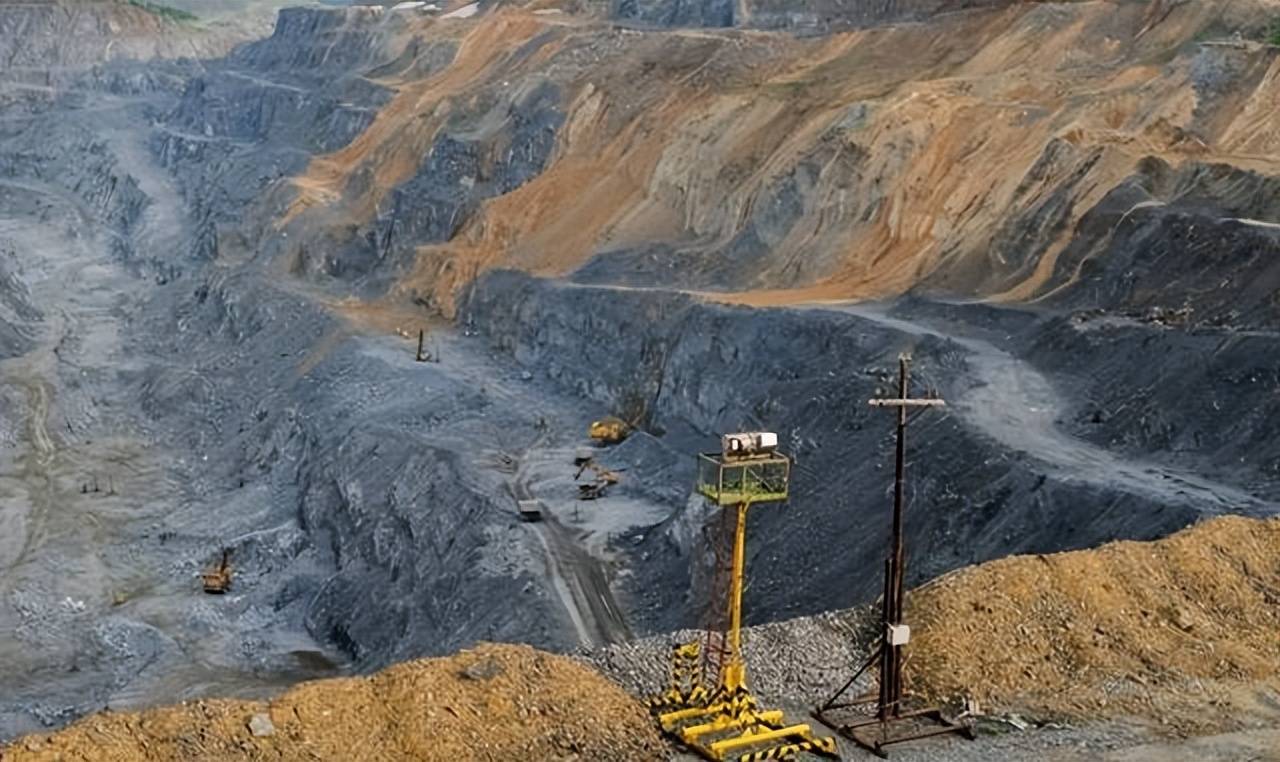SunSirs: Weak Demand, Iron Ore Prices May Trend Weaker and Fluctuate
November 12 2025 15:12:32 SunSirs (John)
Price trend
According to data from the SunSirs' commodity market analysis system, iron ore prices continued to rise and trend stronger last week (November 1-9). As of the 9th, the SunSirs' iron ore price index was 787.56 points, down 3.66% week-on-week, as shown in the chart above. The continued decline and weakness in iron ore prices last week was mainly due to the market logic returning to fundamental industry factors. Declining apparent demand for finished steel products and a slowdown in destocking led to a weakening market sentiment, with hot rolled coil prices falling first. Pig iron production continued to decline, and port iron ore inventories accumulated significantly, shifting the supply-demand balance to a more relaxed state, putting downward pressure on ore prices. The industry chain formed a negative feedback loop of "weak demand - falling steel prices - steel mill production cuts - shrinking raw material demand," with the main contract price approaching its yearly low, and the overall market showing a weak trend.
Market Analysis
Regarding inventory, as of November 7th, the total imported iron ore inventory at 45 ports nationwide was 148.9893 million tons, an increase of 3.5635 million tons week-on-week; the average daily port throughput was 3.2093 million tons, an increase of 7,700 tons week-on-week; and the number of ships in port was 111, a decrease of 8 week-on-week. The port inventory situation for iron ore last week was shown in the chart above. The total imported iron ore inventory at steel mills nationwide was 90.0994 million tons, an increase of 1.6008 million tons week-on-week. Last week, declining steel mill profits suppressed demand for delivery, so the port throughput remained relatively stable. While overseas shipments decreased last week, port inventories continued to accumulate due to previously high shipment volumes. Next week, close attention should be paid to changes in port iron ore inventories.
On the supply side, as of November 3, global iron ore shipments totaled 32.138 million tons last week, a decrease of 1.745 million tons week-on-week; total shipments from Australia and Brazil reached 27.592 million tons, a decrease of 1.667 million tons week-on-week. Australian shipments totaled 18.951 million tons, a decrease of 0.892 million tons week-on-week, of which 16.058 million tons were shipped to China, a decrease of 0.606 million tons week-on-week. Brazilian shipments totaled 8.641 million tons, a decrease of 0.775 million tons week-on-week. Shipments from Australia and Brazil saw a slight decrease last week. The cyclical changes in overseas shipments from Australia and Brazil were mainly affected by seasons and weather. While short-term shipments fluctuated, the medium- to long-term iron ore supply situation remains loose. The industry will enter its off-season towards the end of the year, but traders' willingness to ship is strong. Iron ore shipments may decline next week, and the iron ore supply is expected to decrease slightly next week.
On the demand side, as of November 7th, the blast furnace operating rate of steel mills was 83.13%, up 1.38% week-on-week; the blast furnace ironmaking capacity utilization rate was 87.81%, down 0.8% week-on-week; the steel mill profit margin was 39.83%, down 5.19% week-on-week; the average daily pig iron output was 2.3422 million tons, down 21,400 tons week-on-week; and the daily consumption of imported iron ore at sample steel mills was 2.887 million tons, down 29,200 tons week-on-week. Last week, steel mill operating rates recovered somewhat, but finished steel prices were under pressure, leading to a further decline in steel mill profits due to rising costs. Self-initiated production cuts by steel mills resulted in a decrease in pig iron output. Although more steel mills are expected to resume production next week, lower-than-expected finished steel transactions may further reduce steel mill profits, negatively impacting demand release. It is anticipated that iron ore demand release may slightly decrease next week.
Regarding scrap steel, prices declined slightly and trended weaker last week. This was mainly due to weak demand for finished steel products. Pressure on finished steel prices led to lower steel mill profits and reduced mill operating rates, which in turn hampered the release of scrap steel demand. Consequently, scrap steel prices also declined, with some adjustments in certain regions. The scrap steel market is expected to continue its weak trend next week.
Market Forecast:
In summary, according to data analysts at SunSirs, on the demand side, declining steel mill profits led to voluntary production cuts, resulting in insufficient upward momentum for pig iron production, which was bearish for demand. On the supply side, cyclical changes in overseas shipments last week led to a shift in the supply situation. Although global shipments and arrivals had declined compared to the previous week, port inventories continued to accumulate, strengthening the supply situation. The fundamental supply and demand situation for iron ore had shifted to one of strong supply and weak demand, which was generally bearish for iron ore prices. Last week, the supply and demand contradiction became more prominent, with the core issue being weak demand and high inventory levels. Short-term supply contraction is unlikely to reverse the overall weakness, thus putting downward pressure on prices. It is expected that iron ore prices may continue to decline and fluctuate to ber weaker next week. In the later period, attention should be paid to the profit situation of steel mills and the actual demand of downstream finished steel products.
If you have any inquiries or purchasing needs, please feel free to contact SunSirs with support@sunsirs.com.
- 2025-11-12 SunSirs: Giant Iron Ore Mine Begins Production: How Chinese Backing Is Redrawing Global Supply Chains
- 2025-11-06 SunSirs: Steel Mill Profits Were Declining, and Iron Ore Prices May Weaken in November
- 2025-11-04 SunSirs: The Macroeconomic Impact Was Significant, and Iron Ore Prices Initially Rose and Then Fell
- 2025-10-28 SunSirs: With Both Supply and Demand Decreasing, Iron Ore Prices May Decline Slightly
- 2025-09-30 SunSirs: Demand Was Overdrawn, and Iron Ore Prices May Decline Slightly in October



